Porto is not only a must for (port) wine lovers, the city has much more to offer. We were there in autumn with three colleagues and in this article you will learn why this is the best time of year to visit the port wine city and what the so-called Azulejos are all about.
Porto is easy to explore on foot, since almost all the sights in the city center are within walking distance. However, the city is situated on a slope and it goes up and down more or less steeply, which can get you out of breath. If you should use the subway, we have described below how to get around with the Andante card. It is not always that easy.
The oldest quarter of the old town of Porto is the Bairro de Seé. Here you will find numerous picturesque houses, decorated with Azulejos, the typical Portuguese white and blue wall tiles. The small alleys and steep stairs between the unique houses along the river are part of the UNESCO World Heritage Site and are worth a half a day just to stroll through.
The most famous quarter of the old town is directly on the river and is called Ribeira. Here you will find numerous (partly quite expensive) cafés with a great view of all the port wine producers.
Sights you can’t miss
Azulejos
All of Portugal (and parts of Spain) are known for this type of wall covering. In Porto you can see some beautiful examples of this. An Azulejo is a picture made of several individual, mostly square, painted and glazed ceramic tiles. These are weatherproof and are used as facade cladding of mostly public buildings like churches and townhouses, or of wealthy homes. Originally the technique comes from the Arabic countries and was brought to Portugal via Morocco in the 15th century. Two of the examples in Porto are the São Bento train station and the Capela das Almas.
São Bento train station
The Sao Bento train station in the middle of the old town of Porto is a real tourist magnet. It has been in operation since 1916 and is now a listed building. Before, the Mosteiro de São Bento de Avé-Maria monastery stood on this site, which had to make way for the new train station.
The interior walls of the station hall are decorated with over 20,000 Azulejos, the famous Portuguese ceramic tiles, on which the history of Portugal is told. A work of art in itself.
So even if you didn’t come to Porto by train, it’s worth visiting the station. It is quite centrally located in the old town and therefore easy to reach.
Capela das Almas
The church was built at the beginning of the 18th century and is one of the most beautiful in Porto, if not in all of Portugal. Already the outer facade is very impressive. The chapel is covered all over with Azulejos, there are said to be almost 16’000 tiles. But also the interior walls are decorated with beautiful ceramic tiles.
Although this church was already built in the 18th century, the ceramic tiles were not added until 1929. However, they are kept in the original style of the 18th century.
Tip: In the immediate neighborhood of the church is the Bolhão market, which is also worth a visit. The market is open during the week from 7.00 – 17.00 and on weekends from 7.00 – 13.00.
Historic Tram
In Porto (as well as in Lisbon) there are three tram lines with historic trains. The three remaining lines are the lines 1, 18 and 22.
- Line 1
Line 1 takes you from Passeio Alegre to Infante. A large part of the line runs along the northern bank of the Douro River, which makes it very popular with tourists. - Line 18
Line 18 takes you from Massarelos to Carmo. If you are interested in the history of the historical streetcar of Portos, this is the right line for you. At the stop Massarelos you will find the museum of the streetcar. - Line 22
Line 22 is a circular route, also called Circular Carmo-Batalha. A ride costs 2.50 Euro and takes about 30 minutes, but with many tourists it can take longer. If you are in Porto for the first time, the line can be worthwhile to get an overview of the city center and many attractions.
Torre dis Clérigos
You can see the bell tower Torre dos Clérigos from far away. The 75m high tower is considered the landmark of Porto.
The Torro dis Clérigos belongs to the baroque church Igrejas dos Clérigos and houses its church bells. For 6 Euro you can climb the nearly 240 steps of the tower and admire a wonderful panorama from above.
Casa da Música
For those interested in architecture, the concert hall Casa da Música is worth a visit. The modern building was designed by the Dutch architects Rem Koolhaas and Ellen Van Loon from the OMA office.
If you are really interested, you should attend a concert, otherwise you will only come to the entrance hall and the cafe.
Bookstore Livrario Lello e Irmao
The Livario Lello e Irmao is a dream for all book and architecture lovers of the world. Fortunately I am both. I could have moved right in if it weren’t for all the tourists.
The bookstore opened in 1906, so it is over 100 years old, and is decorated in a beautiful neon-gothic style. The heart of the store is the artfully carved staircase in the middle. However, the shelves, the floor and the glass dome are also a real eye-catcher. With thousands and thousands of books in many different languages, the bookstore looks like an enchanted place. It is said that the Livrario Lello was the inspiration for Mr. Olivander’s magic wand store for J.K. Rollings.
Truss bridge Ponte Dom Luís
The bridge spans the Douro River and connects the Ribeira district and the city of Vila Nova de Gaia. From the bridge you have a wonderful view of the city and the river. At least once during your visit you have to cross the bridge on foot!
Originally the bridge was built by Alexandre Gustave Eiffel, but later his student Téophile Seyrig completed the design and built the bridge. The 385m long bridge is one of the most important traffic junctions of Porto. The metro, buses, cars, bicycles and pedestrians all operate on two levels. The interesting thing is that the level with the streetcars, cars, bicycles and pedestrians is completely attached to the level of the metro.
On the side of the Vila Nova de Gaia neighborhood, a cable car runs from the end of the bridge down to the riverbank. But you pay a small amount of money for it.
Port wine tasting in Vila Nova de Gaia
Whoever comes to Porto almost once has to participate in a port wine tasting. The second best place to do this is in Vila Nova de Gaia (best in the Douro valley itself).
Vila Nora de Gaia is not, as many think, a district of Porto, but actually a city in its own right. Here is the center of the port wine production. All the bars of the big port wine cellars are attached to the river bank.
The most difficult thing is probably to decide for a port wine winery. There are over 60 wineries and more than 20 of them are open to the public. There are guided tours with tasting in almost all of them at fixed times every day, but the places are usually limited to +/- 20 persons. So if you already have a favorite and you really want to go there, you should book in advance. We were on the road very spontaneously and that was with five of us. As a result, we walked along the whole promenade and ended up at the last port wine cellar, Ferreira. Fortunately for us. The tour was super exciting and informative and the port wine was really good!
Douro Valley
A must – not only for port wine lovers. But since we have two great wine lovers in our group, we are sure to visit the Douro Valley. We are in Porto in late autumn and are rewarded with beautiful, autumnal colored, sheer endless vineyards.
When you are in Porto you will find small official tourist information stands next to the big tourist information offices. At each of them you can check out the huge range of tours on offer. Basically they are all about the same.
A big difference is if you go by boat on the Douro River into the valley or if you go by bus or train. During our visit the river level is unfortunately too low to take the boat so this option is out of question.
First we wanted to book something in advance from Switzerland, since there are 5 of us and we didn’t know how difficult it would be to get a tour. But the price offers almost threw us off our game and so we are in the middle of Porto and have to decide on a provider. Of course we are also on the road on very short notice, which doesn’t make things easier.
Tip: On your first day in Porto choose a provider for your day trip in Douro-Valley,
then you have the largest selection and can visit the city in a relaxed manner
until you drive into Valley.
With the bus and about 15 other tourists we start early in the morning in direction of Douro Valley.
We visit three wineries and their waiters and waitresses including tasting, take a boat trip in the
back of the Douro Vally on a traditional Portuguese Rabelo boat and enjoy a rich Portuguese
lunch. As vegetarians, we definitely had a disadvantage, since meat and fish-free meals are not
really part of the Portuguese menu.
For such a tour you have to consider about 80 Euro per person. The tour itself was okay,
we really liked the landscape. We also had a very nice young guide who knows a lot about
(port) wines and never gets tired of answering all the questions.
Travelling by subway – the Andante card
If you want to go further away, the subway is ideal. However, buying a ticket is not that easy. Here are a few tips. But don’t worry, the Portuguese know that their system is a bit complicated and we had a lot of different people helping us until we finally got it.
If you plan to take the subway from time to time it is worth buying the “Blue Andante Card (Azul)”. It costs you 60 cents once and you can load it up with single rides or day tickets. Otherwise you can buy one-way tickets directly from the ticket machines at every subway station. You can only buy one ticket at a time, so if you are a group, there is a moment when you have to buy your tickets one after the other. Porto is divided into zones, you can find out how many zones you have to buy on lists directly on the machine, with the name of the stop you want to go to. Each time before you enter the subway you have to validate your ticket at one of the yellow boxes at the entrances. Afterwards, keep the ticket for possible checks. But you cannot reload it, so after the single trip it is garbage.
Afterwards we learned about the Porto Card. It is a bit more expensive than the Andante Card, but you get a lot of discounts in museums, restaurants and stores, so if you plan to visit many museums, the Porto Card might be worthwhile for you. If you compare the prices for 3 days, the Andante Card costs 5 Euro and the Porto Card 8.33 Euro.
How to get there
Airplane
Porto has its own airport and flights to Porto are usually cheaper than to Lisbon. Cheap airlines like Easyjet, Ryanair and the Portuguese airline TAP fly to Porto. So flying is the cheapest option in most cases.
The metro is a cheap and easy way to get from the airport to the city center. The metro runs daily from 06.00- 01.00, on weekends only until 23.00. Otherwise, you can also take the bus lines 601 and 87 from the airport to the city center.
Like almost everywhere else in the world you can also take a cab. The cabs all have a taximeter, but you have to pay an extra charge at night (from 9 pm) and on weekends and larger luggage will be charged extra. So a cab ride from the airport to the city center will cost you between 15 and 30 Euros, depending on the time of day.
Train
If you flew to Lisbon and want to go to Porto from there, you can take the train. The journey takes 2 hours and 45 minutes and will cost you between 23 and 35 euros, depending on the time of day and connection. We didn’t do this route because we flew directly to Porto, but friends raved about it. Since the landscape is supposed to be really beautiful. If you travel as a group, you should definitely make a reservation!
Tip: Even if you can’t get to Port by train, you should definitely visit the São Bento train station. For me, the train station is one of the most beautiful I have ever seen. Here you can admire great architecture combined with the typical Portuguese white and blue wall tiles (Azulejos).



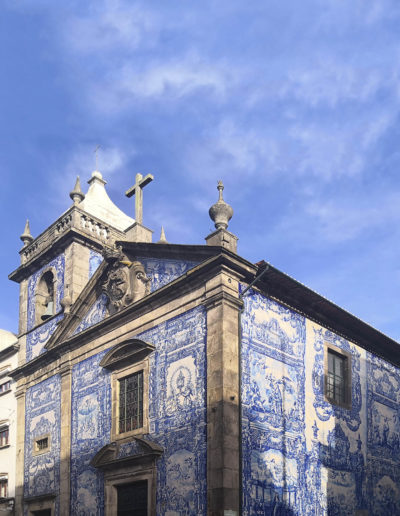

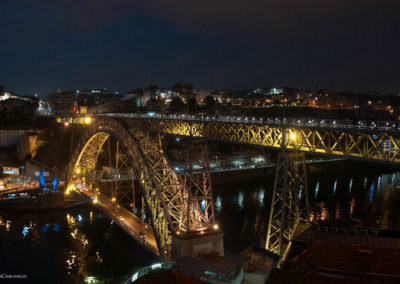


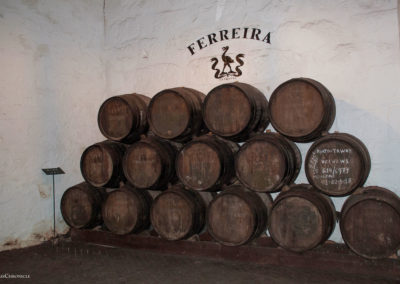



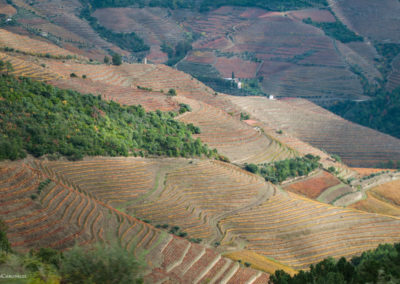
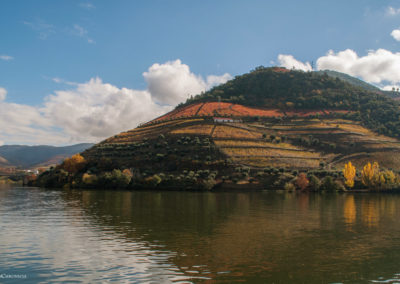



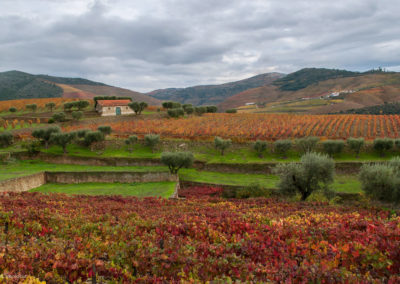

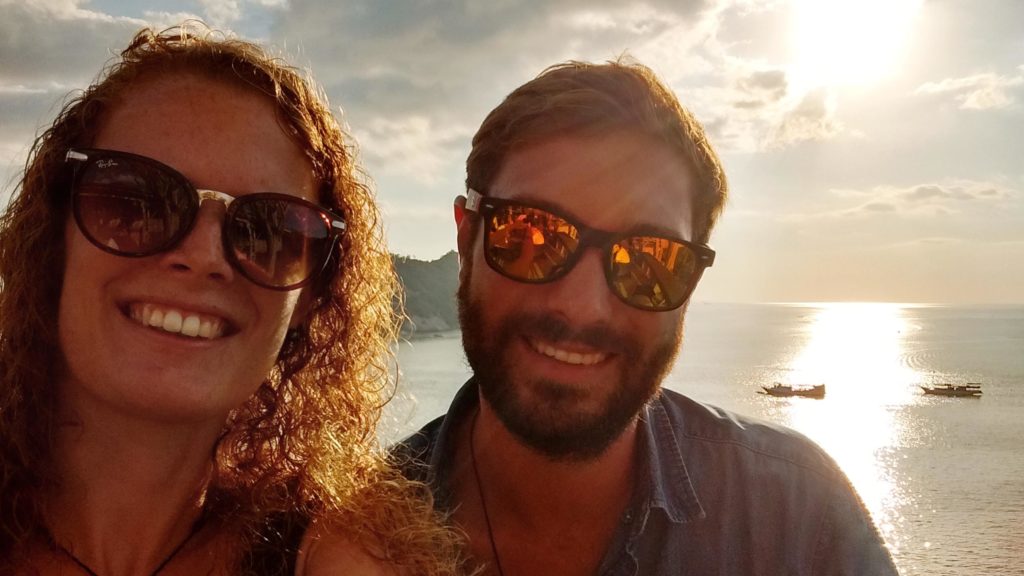


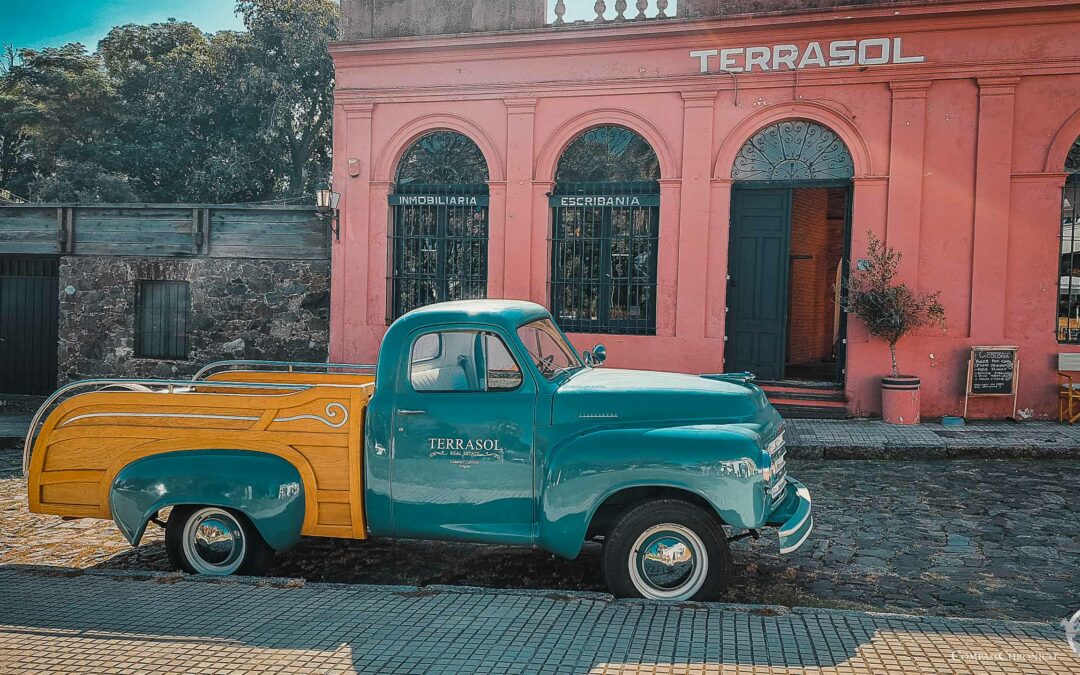


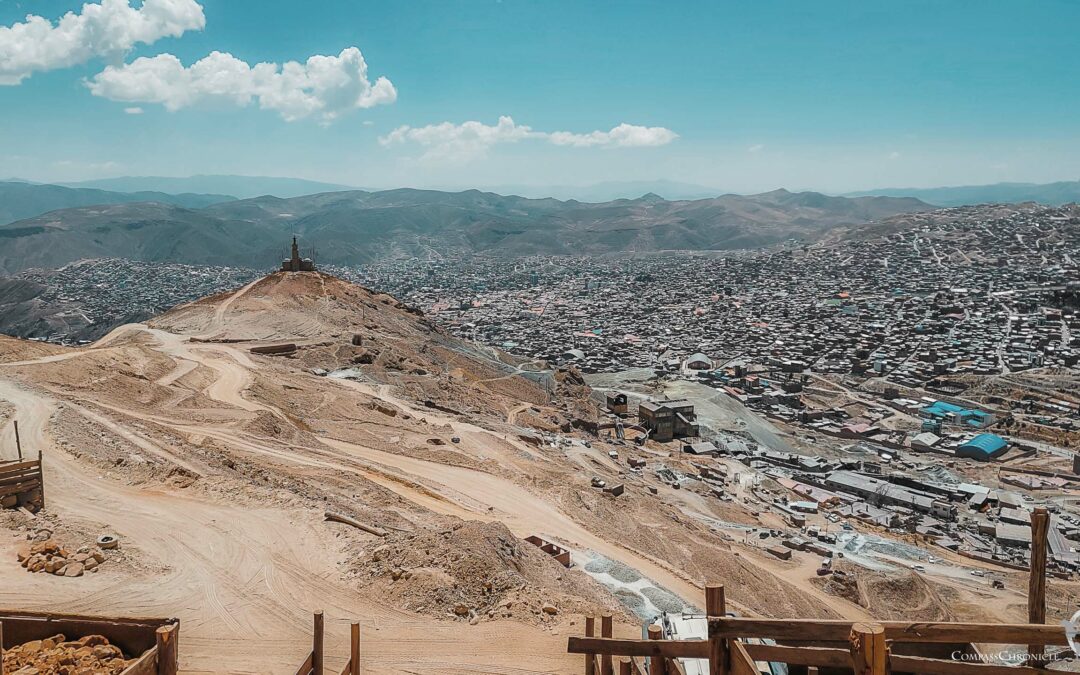

0 Comments